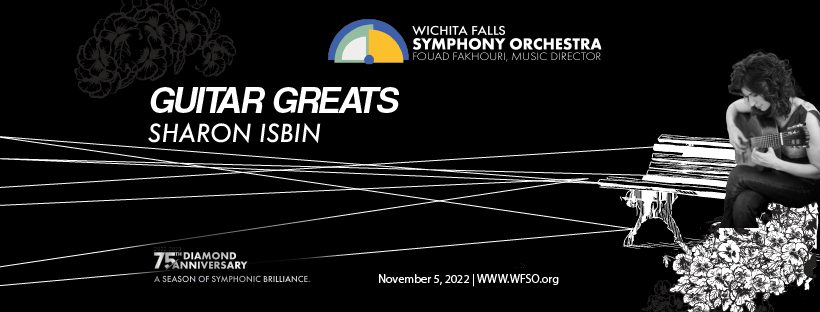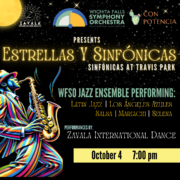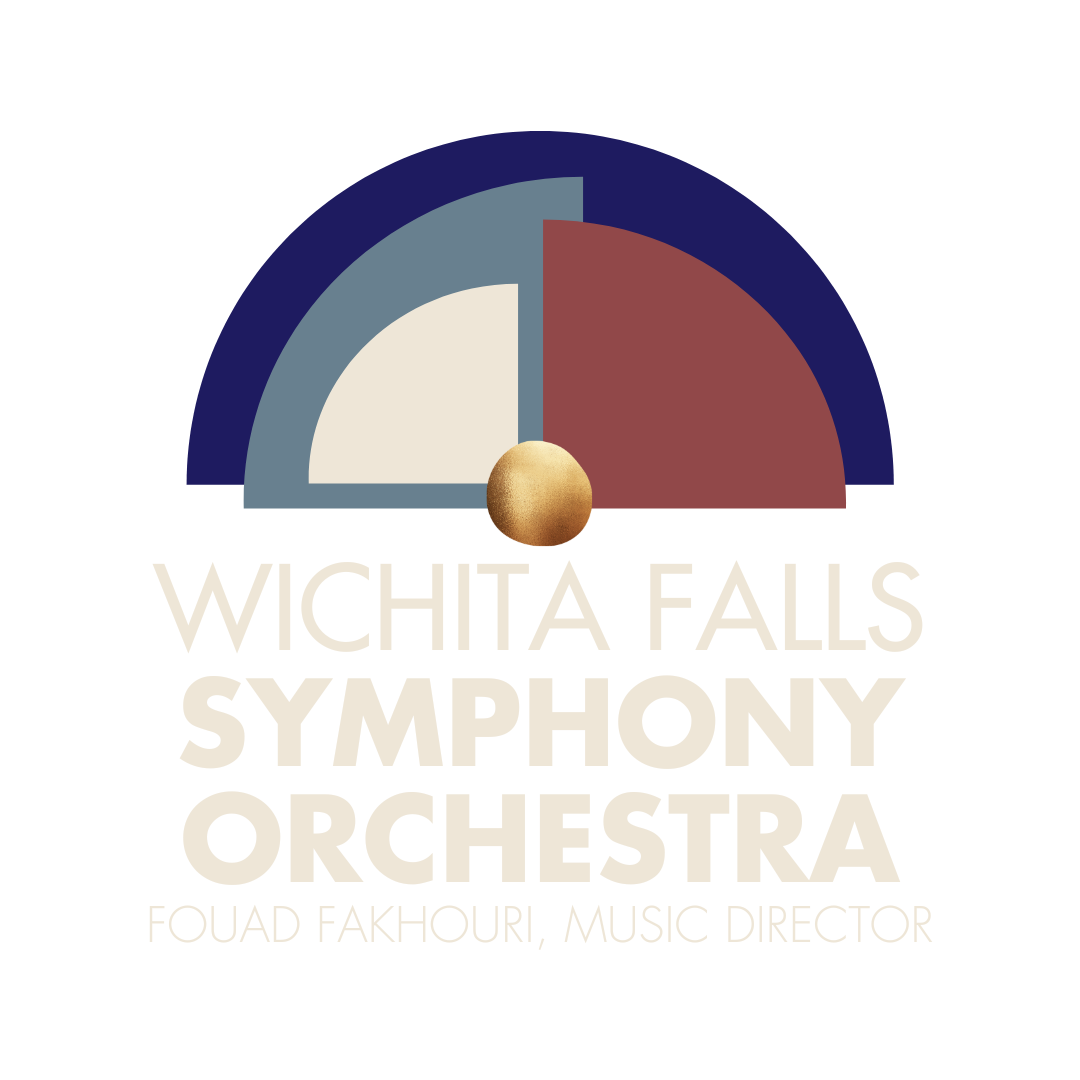November Program Notes 2022
Written by Todd Giles
Gioacchino Rossini: Overture to Il Signor Bruschino, or The Accidental Son (1813)
Rossini (1792–1868) was a prolific Italian composer of thirty-two operas, including The Italian Girl in Algiers and The Barber of Seville, two cornerstones of opera buffa, or comic opera. Between the ages of 18 and 21, he wrote eight operas, five of which, like Il Signor Bruschino, are musical farces. The lighthearted Il Signor Bruschino premiered in Venice in 1813. As is the case with most of Rossini’s overtures, this one features airy, energetic rhythms driving the fast sections, with slower passages highlighting the woodwinds. What makes this brief overture atypical is the playful repetition of the second violins tapping their bows on their music stands. The fifteen-scene opera, which is based on René de Chazet’s play, Le fils par hasard, employs some standard themes from the theatre and opera house—mistaken identity, an arranged marriage, and two lovers competing for the same hand.
Jessie Montgomery: Starburst (2012)
Born in 1981, violinist, music educator and social activist Jessie Montgomery is a prime example of the ways in which early 21st century classical music is progressively moving away from the academic, dissonant and complex music of the mid- to late-20th century towards a more diverse and eclectic music better representing the changing face(s) of America. Starburst was composed in 2012 for the Sphinx Virtuosi, the touring ensemble of the Sphinx Organization, which supports young African American and Latinx musicians in the Detroit area. The aptly named one-movement work explodes into the dynamic play of an ever-changing soundscape of chords, driving rhythms, plucked strings, and complex harmonies—like an exploding star, now you see it, now you don’t. One thing is certain, you will be riding the perpetual motion shockwave of the three-minute Starburst for some time to come.
Antonio Vivaldi: Guitar Concerto in D major, RV 93 (1716)
With more than five hundred concerti, fifty operas, forty secular sonatas and four oratorios to his name, Antonio Vivaldi (1678–1741) was the most influential composer of his generation both in Italy and abroad. As the numbers indicate, it is with the concerto form Vivaldi made his mark, in particular his emphasis on showcasing the virtuosity of soloists, whether lutenists, bassoonists, violinists or organists. Also important was the three-movement fast-slow-fast structure of his concerti, which became the gold-standard of the form. His Guitar Concerto in D major was originally scored for lute, an instrument then in the twilight of its days as a solo instrument of choice. In this chamber concerto, Vivaldi was able exploit the lute’s timbres and ability to play arpeggios, which translates ideally for guitar, the solo instrument the work is most often heard performed with by modern audiences.
Joaquín Rodrigo: Concierto de Aranjuez, for Guitar and Orchestra (1939)
Joaquín Rodrigo’s (1901–1999) first attempt at composing in the concerto form turned out to be not only his most accomplished work, it also quickly became one of the most performed works in the classical repertoire. What makes this three-movement concerto unique is the way in which Rodrigo weds neoclassical poise and economy with the dancelike rhythms of the Spanish folk tradition. Scored for solo guitar and full orchestra, the voice of the guitar, even at its most subtle, is never overshadowed by the orchestra. While the two outer movements are dancelike and lively, it is the second movement, marked Adagio, which is most well-known by listeners for its melancholy mood and interplay of the guitar and English horn. The plaintive nature of the second movement speaks back to the death of the Rodrigos’ infant son, but the overall work itself finds inspiration in a much happier place—the gardens of the Palacio Real de Aranjuez near Madrid, a spot the couple knew well.
Felix Mendelssohn: Symphony No. 1 in C minor, Op. 11 (1824)
Felix Mendelssohn (1809–1847) was the most beloved composer of his day, as well as the 19th century’s only musical prodigy who could rival the young Mozart. Best known for his incidental music for A Midsummer Night’s Dream and his Italian and Scottish symphonies, Mendelssohn was a Classical formalist who employed a Romantic pallet; his music, always refined, often overflows with energy, drama and excitement. This conservative bent set him apart from contemporaries such as the more musically progressive Berlioz, Wagner, and Liszt. Between the ages of 12 and 14, Mendelssohn composed thirteen string symphonies, the last of which was revised to include brass and woodwinds, and thus became his first formally numbered symphony. The Symphony No. 1, completed in 1824 when Mendelssohn was just 15, is informed by Mozart’s classical model and the young Mendelssohn’s intense study of Bach’s use of counterpoint. Initially introduced to a small private audience in honor of his sister’s nineteenth birthday, the composer himself conducted it publically for the first time during his visit to London in 1829. The Symphony No. 1 opens with a bold burst of energy (and a bit of dissonance) before moving into the gentler, graceful slow second movement. The third, a Menuetto, is followed by a finale marked Allegro con fuoco, which opens with a theme reminiscent of the final movement of Mozart’s Symphony No. 40.








